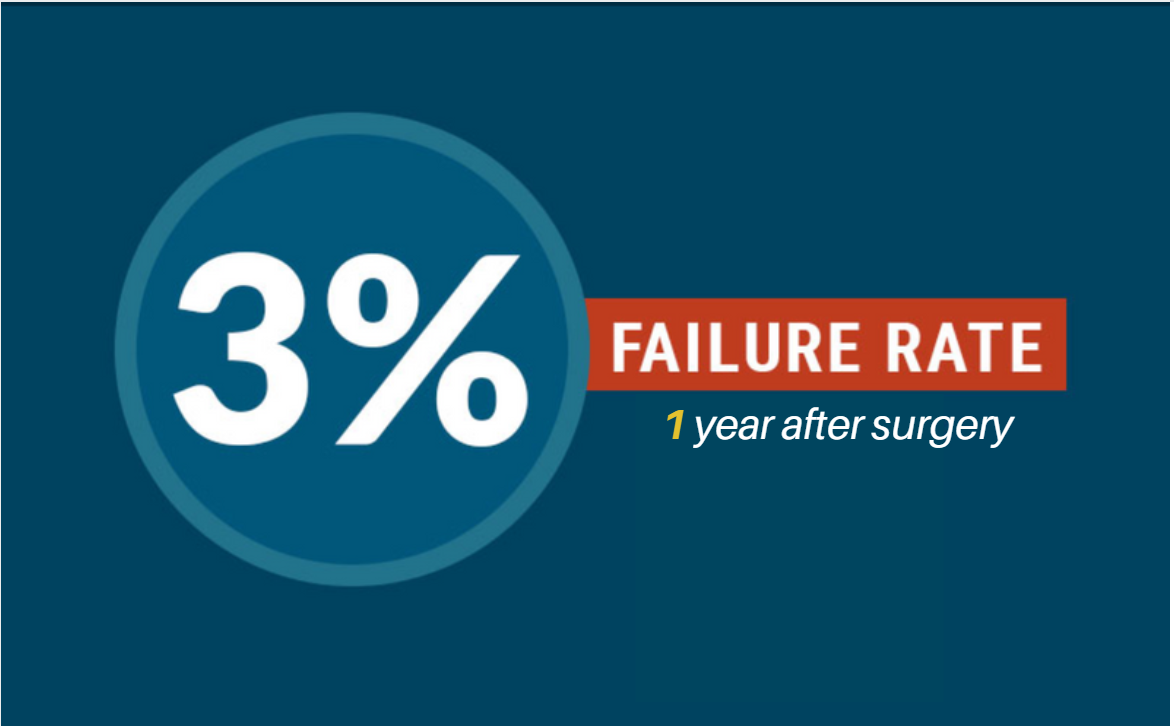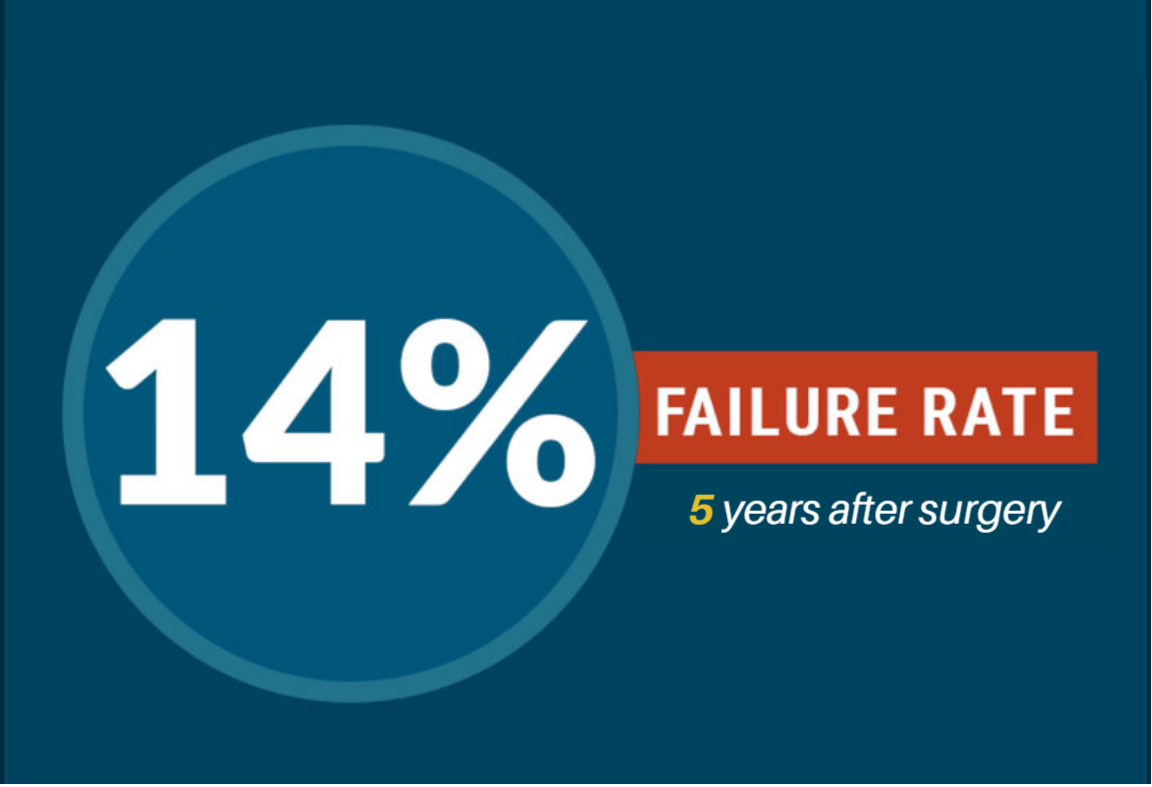Benefits & Risks of Living Kidney Donation
Benefits & Risks of Living Kidney Donation



Living Donation
The choice of living donation is a personal one. Choosing living donation has several benefits, including less time spent waiting for a kidney. Here are some benefits of choosing living donation:
Better Kidney Function
A kidney from a living donor provides better kidney function than one from a deceased donor, and functioning is almost immediate after the transplant. Living donation offers better genetic matches between donor and recipients, which may decrease the risk of organ rejection.
More Choices in Procedure
Choosing living donation in many cases gives the recipient a chance to schedule the procedure at a time that is convenient. Most patients wait less time for a living donor transplant than for a deceased donor transplant.
Improved Quality of Life
After surgery, the recipient will not have to worry any more about going to dialysis several times a week, or locating nearby dialysis centers before going out of town. Also, kidney recipients are usually able to return to work after surgery. Many recipients report this as being a HUGE benefit of transplant surgery, because they can now earn their own money and not have to adjust their work schedules, due to dialysis.
Living Donation
The choice of living donation is a personal one. Choosing living donation has several benefits, including less time spent waiting for a kidney. Here are some benefits of choosing living donation.
Better Kidney Function
A kidney from a living donor provides better kidney function than one from a deceased donor, and functioning is almost immediate after the transplant. Living donation offers better genetic matches between donor and recipients, which may decrease the risk of organ rejection.
More Choices in Procedure
Choosing living donation in many cases gives the recipient a chance to schedule the procedure at a time that is convenient. Most patients wait less time for a living donor transplant than for a deceased donor transplant.
Improved Quality of Life
After surgery, the recipient will not have to worry any more about going to dialysis several times a week, or locating nearby dialysis centers before going out of town. Also, kidney recipients are usually able to return to work after surgery. Many recipients report this as being a HUGE benefit of transplant surgery, because they can now earn their own money and not have to adjust their work schedules, due to dialysis.
Potential Risks to the Recipient
Like any medical procedure, living kidney transplant has risks, including the possibility of pain, complications, reoperation, and readmission. Here are a few additional risks to consider:
Kidney Rejection
Sometimes, the recipient’s body won’t accept a kidney from a donor. This is called rejection. To limit rejection, doctors do several tests to make sure the donor’s kidney is a good match for the recipient well before the surgery. In addition, the recipient takes anti-rejection medication every single day, further lowering the risk of kidney rejection.
Returning to Dialysis
If the kidney is rejected after surgery, a person may need to return to dialysis for some time. Fortunately, this rarely happens, as over 90% of living donor transplant surgeries are successful.
Potential Loss of Healthcare Benefits
Some potential recipients may worry that they will lose disability benefits because they are now able to work. The good news is that the vast majority of people who seek living donor transplant are covered for surgery and medication after the surgery through either private insurance or Medicaid/Medicare. For those who are not already covered, there are resources available to help with financial assistance.
Potential Risks to the Donor
Before sharing your story with potential donors, you should know the risks to the potential donor. Overall, the risks of living donation are low, and the majority of living donors have recovered completely within a few months of the operation. The potential donor will be in excellent health when undergoing surgery, so the risks that are associated with living donation are mostly due to the surgery itself. However, this process is considered major surgery, involves the use of anesthesia, and does have associated risks.
- Post–surgery pain and discomfort. Fortunately, this pain can be managed through medication.
- Temporary problems related to the surgical incision, including blood clots, infection at the incision site, minor bleeding, allergic reactions to anesthesia, and injury to surrounding organs or tissues.
Some complications may be severe enough to need to go back into surgery; however this occurs less than 2% of the time.
Potential Risks to the Recipient
Like any medical procedure, living kidney transplant has risks, including the possibility of pain, complications, reoperation, and readmission. Here are a few additional risks to consider:
Kidney Rejection
Sometimes, the recipient’s body won’t accept a kidney from a donor. This is called rejection. To limit rejection, doctors do several tests to make sure the donor’s kidney is a good match for the recipient well before the surgery. In addition, the recipient takes anti-rejection medication every single day, further lowering the risk of kidney rejection
Returning to Dialysis
If the kidney is rejected after surgery, a person may need to return to dialysis for some time. Fortunately, this rarely happens, as over 90% of living donor transplant surgeries are successful.
Potential Loss of Healthcare Benefits
Some potential recipients may worry that they will lose disability benefits because they are now able to work. The good news is that the vast majority of people who seek living donor transplant are covered for surgery and medication after the surgery through either private insurance or Medicaid/Medicare. For those who are not already covered, there are resources available to help with financial assistance.
Potential Risks to the Donor
Before sharing your story with potential donors, you should know the risks to the potential donor. Overall, the risks of living donation are low, and the majority of living donors have recovered completely within a few months of the operation. The potential donor will be in excellent health when undergoing surgery, so the risks that are associated with living donation are mostly due to the surgery itself. However, this process is considered major surgery, involves the use of anesthesia, and does have associated risks.
- Post–surgery pain and discomfort. Fortunately, this pain can be managed through medication.
- Temporary problems related to the surgical incision, including blood clots, infection at the incision site, minor bleeding, allergic reactions to anesthesia, and injury to surrounding organs or tissues.
Some complications may be severe enough to need to go back into surgery; however this occurs less than 2% of the time.

